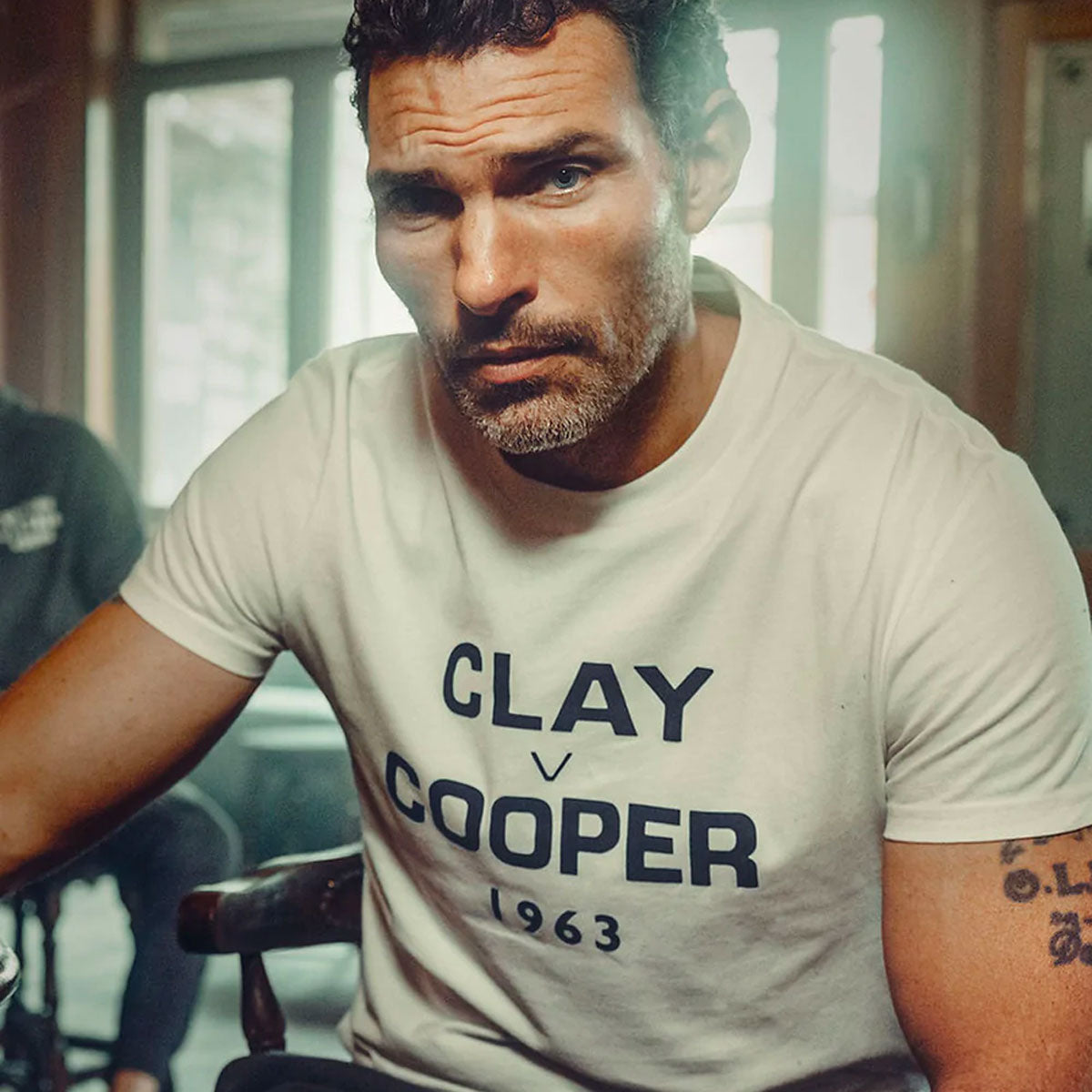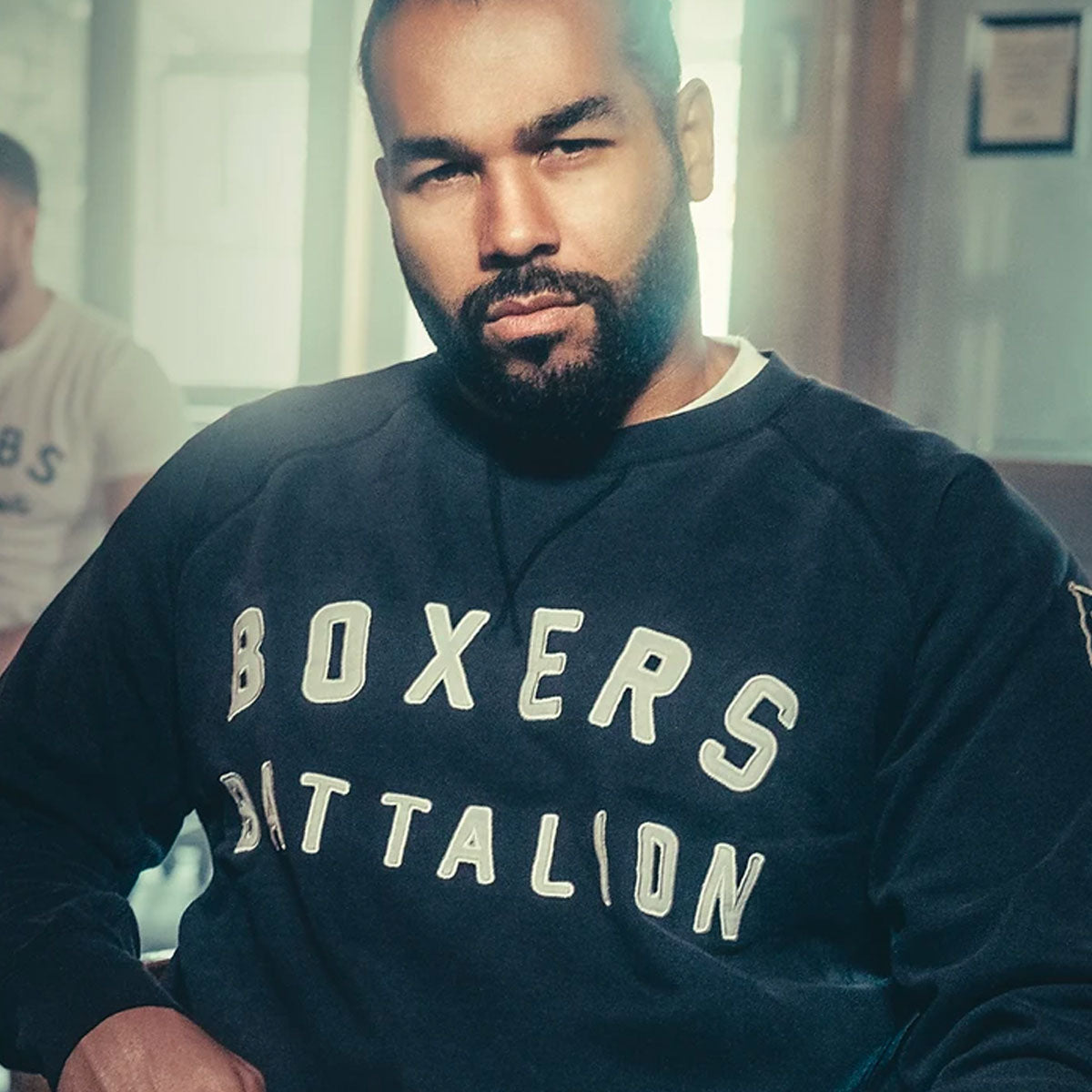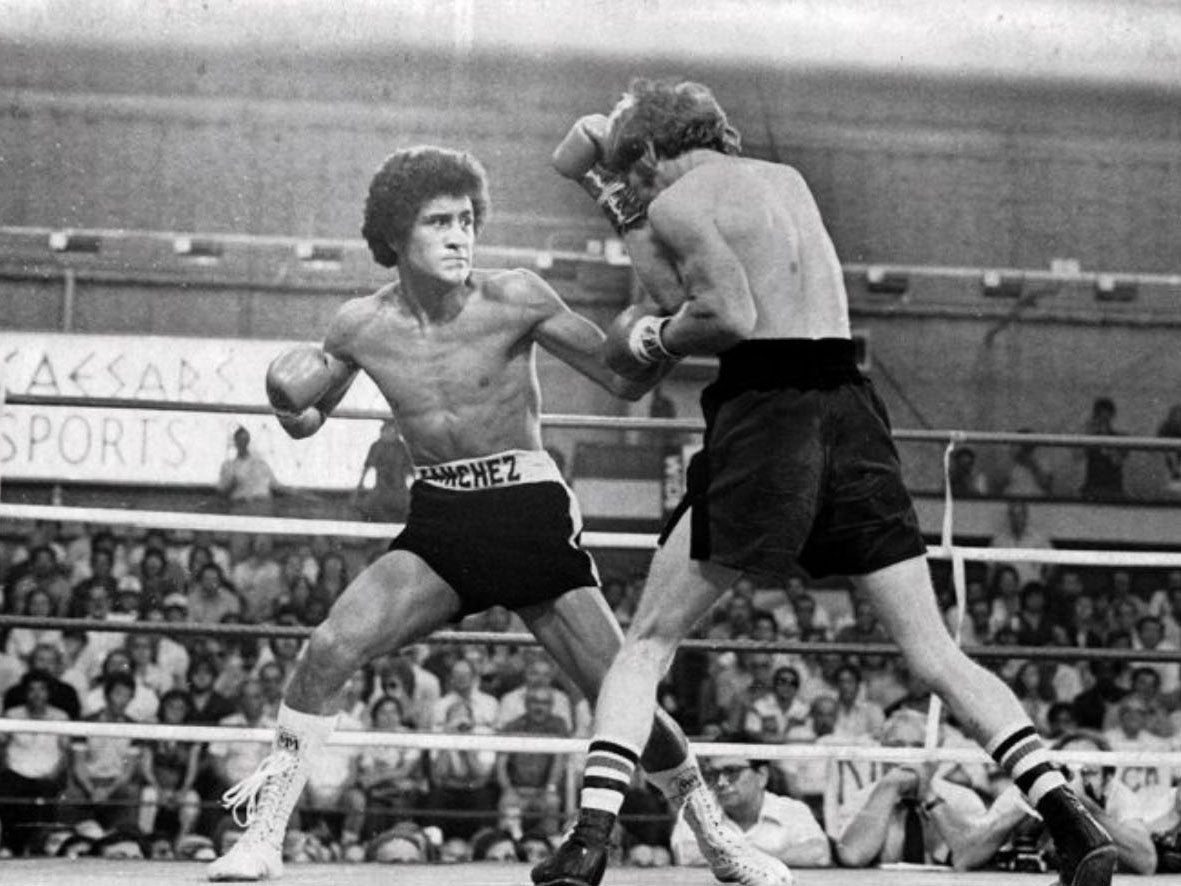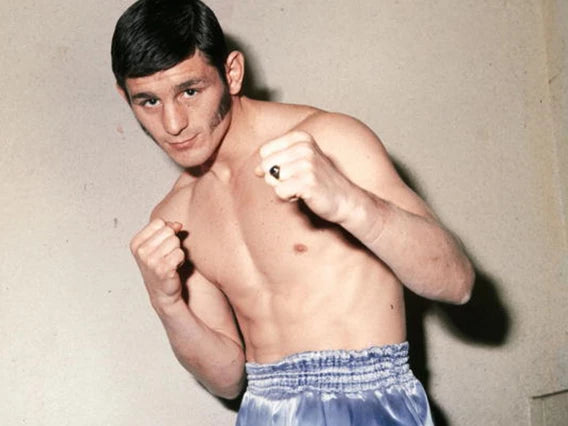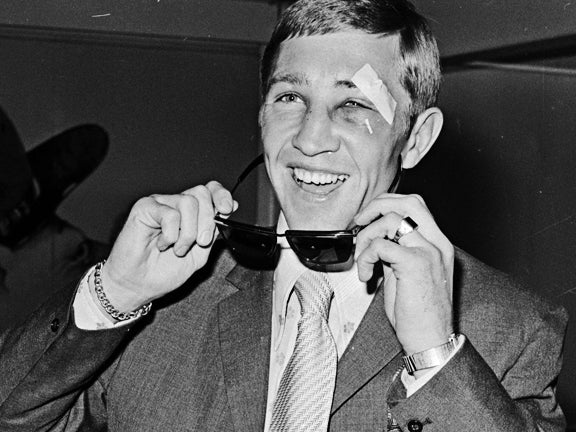By Paul Zanon
“He’s one of the few fighters who is able to hurt his opponent and get rid of them.”
Sugar Ray Leonard on Sánchez
Salvador Sánchez Narváez turned professional at the age 16 after only nine amateur fights. He incurred only one split decision loss one in 46 fights, won the world title at the age of 21 and defended said strap against a list of Hall of Famers. Was he the best Mexican boxer of all time? We’ll let you decide.
Sánchez was born on 26 January 1959 in Santiago Tianguistenco, known by the locals simply as Santiago. His parents Felipe Sánchez and Maria Luisa Narvaez’s had three children including Sal and did their best to make ends meet with what little they had. Young Sánchez finished his schooling at 14 and shortly after moved to Mexico City. Turning professional wasn’t so much a natural choice for Sal, it was a case of necessity.
Santiago’s favourite fighting son made his debut on 4 May 1975 in Veracruz against fellow debutant, Al Gardeno. Stopping his opponent in the third round, Sánchez won his next 17 fights on the bounce, 16 by stoppage. However, on 9 September 1977 Sal took on Antonio Becerra (13-2 at the time) in Mazatlan, for the vacant Mexican bantamweight title. Despite having had more fights as a professional, Becerra was a more seasoned amateur and did enough to keep an eager Sánchez at bay. Sal lost his first and last fight that day via split decision over 12 rounds. 
On 15 April 1978, Sánchez made his maiden voyage to America, fighting at the Olympic Auditorium in Los Angeles, against fellow Mexican, Juan Escobar. After being floored in the fifth round, Sánchez did enough to claw back the scorecards and walk away with a draw. In fact, it was almost his second career loss as two judges made it a draw, and the other had it 93-97 in Escobar’s favour.
In his next 11 fights, six were fought in Mexico and five in the USA, including a fifth-round demolition of famous fighting father, Felix Trinidad Sr on 22 July 1979. Six weeks later, Sánchez fought Richard Rozelle in a featherweight world title eliminator. Rozelle possessed good amateur pedigree winning national titles and he also had Angelo Dundee in his corner. The fight on paper was a stepping stone to a world title shot for Sánchez, but it was by no means a walkover to challenging for the WBC world featherweight strap. With a long list of early stoppages to Sánchez name at this point, many forget that it was his boxing brain that won fights, using timing over power, then countering the second opportunity presented itself. He was a genius to watch in action. Putting Rozelle down at the end of the second session, he suffocated the Detroit based fighter with relentless attacks. The fight was rightly stopped by the referee in the third round.
The Rozelle victory gained the attention of the public, but it was his fight on 2 February 1980 against long reigning WBC world featherweight champion, Danny ‘Little Red’ Lopez that propelled Sánchez up the Hall of Fame path. Utah born Lopez had held the strap since 1976, defending against the likes of Jose Torres, David Kotey and Mike Ayala. With 39 stoppages in 42 victories and only three losses he was considered the man to beat at 126lbs. Having just turned 21, all eyes were on Sánchez.

Sánchez vs Lopez 1
Lopez went looking for blood from the opening bell, but every time he let loose with his ramrod jab Sánchez leant to the left and countered with overhand rights. The consistent delivery of frightening precision from Sánchez was a thing of beauty, whether it was working in the pocket, boxing off the front foot, countering at will, or working off angles. His ability to compute Lopez’s gameplan and continuously adapt was incredible for someone with such little ring experience.
By the mid rounds, Lopez eye sockets were starting to swell and Sánchez hit rate started to increase. Miles ahead on the scorecards, 51 seconds into round 13, the referee looked at the bloodied champion and stopped the fight. Salvador Sánchez was the new WBC and The Ring world featherweight champion.
Two months later, on 12 April 1980 Sal defended his titles against teak tough Ruben Castillo (44-1 at the time) at the Civic Auditorium, Tucson. Despite taking Sánchez the full 15 rounds for the first time in his career, Castillo fell short on two of the judges scorecards by four rounds and the other by three.
Nine weeks later, on 21 June Sánchez rematched Danny Lopez at Caesar’s Palace, Las Vegas. Lopez was slightly more competitive this time round, but Sánchez had grown in confidence and pulled apart Little Red with his destructive right hand and left hooks to the jaw. Referee Mills Lane wisely stopped the contest in the fourteenth round.

Sánchez vs Lopez 2
Next up was 5ft 10 inches Pat Ford, who was unbeaten in 16 fights. Using his height advantage in the early rounds, Ford pumped out his long levered jab and had Sánchez swinging into thin air. However, it only took Sánchez a few rounds to work out his contingency. Known by many as ‘Signor Pulmones,’ (‘Mr Lungs’), Sal had an incredible engine and started laying trap after trap for Ford. After each punch the Georgetown resident threw, Sánchez would get into range and unleash hell on the Guyanese fighter. Despite one judge seeing the contest a draw, the other two had Sal winning by a very comfortable margin. Sánchez finished the year with a points victory against future world champion, Juan Laporte, in El Paso, Texas.
Sánchez first fight of 1981 was against the European featherweight champion, Spaniard Roberto Castanon. Despite a record of 43-1, he had been manufactured in Spain and in one of his rare outings outside of his homeland against Danny Lopez in 1979, Castanon was blasted in two rounds. The European fighter possessed an aggressive come forward style and wildly loaded up with each shot, which suited Sánchez down to the ground. Every time he moved in range, Sánchez pulled him apart at will. Despite hanging in there for 10 rounds, all three judges had Castanon way behind on all three cards at the time of the stoppage. Sal’s next fight would be far from a walkover.
On 21 August 1981, Puerto Rican Wilfredo Gomez challenged Sánchez for his titles. ‘Bazooka’ was unbeaten in 32 fights with only one draw and had held the WBC super-bantamweight crown since 1977. Having stopped all 32 of his opponents, including Sánchez ’s fellow Mexican Carlos Zarate, Gomez came looking for the champion straight away, intending on producing an early stoppage. Possessing a slight reach advantage and a more calculated boxing temperament, Sánchez caught Gomez with a beautiful right counter in the opening stanza, putting the Puerto Rican on the canvas for the eight count. This is a fight to watch on video, because, if you look at the scorecards going into the seventh round, only a round separated the pair on two scorecards. However, if you looked at Gomez’ face going into that round, his eye sockets were badly swollen due to Sánchez systematically beating him in one of the best boxing masterclasses to have been witnessed in a square ring.

Sánchez vs Gomez
After hitting the canvas again in the eighth round, the referee quickly intervened and the fight was over. Sánchez remained champion, while Gomez went on to be a three-weight world champion and rightly entered the International Boxing Hall of Fame (IBHOF) in 1995.
Four months later, British featherweight champion Pat Cowdell travelled to the Astrodome, Houston. Despite throwing his heart and soul into the fight working efficiently off his jab, Sánchez was simply too good for the West Midlands native, flooring him in the dying seconds of the fifteenth round. Props to Cowdell who rose to his feet and weathered the storm for the balance of the stanza, but a Sánchez victory was never in doubt.
After an easy win against Rocky Garcia on 8 May 1982, little did Sánchez know that his swansong would be on 21 July 1982 at the mecca of boxing, Madison Square Garden. Pitted against undefeated prospect, ‘The Professor,’ Azumah Nelson, the fight turned out to be a cracker.
At this point, the future Hall of Famer was 13-0, relatively unknown and had taken the fight with only a couple of weeks’ notice. He was without a doubt the big underdog going into the fight and nobody gave him a chance, however, the native Ghanian gave Sánchez all the trouble he could handle. Nelson responded to every one of Sánchez ’s punches, was happy to work at range, in the pocket or on the back foot. At times, it was like they were fighting mirror versions of themselves, figuring out ways to land or parry the next punch.
The turning point of the fight came in the seventh round when Sánchez landed a crunching left hook which saw Nelson staggering backwards into the corner ropes. Shortly after Sánchez landed another whipping left hook to the jaw and down went Nelson. Showing true champion resolve, Nelson rose to his feet and brought the fight straight back to Sal. Entering the last two minutes of the fifteenth round, Sánchez threw a barrage of punches and once again floored Nelson. After bravely rising to his feet and trading with the champ, referee Tony Perez jumped in to save Nelson from further punishment.

Sánchez vs Nelson
After nine defences on the bounce, Sánchez was being presented with an abundance of options for his next outing. Having signed a rematch with Laporte, the Nelson rematch was also looking very likely, not to mention rumours of moving from featherweight to lightweight to take on 135lbs king, Alexis Arguello. However, the most mouth-watering prospect never to happen was against fellow Mexican, Julio César Chávez at super featherweight. At the time of the Nelson victory, Chavez was already 29-0 and would become WBC super featherweight champion in 1984. However, having invested his money wisely throughout his career, Sal had publicly announced that he wanted to retire at the end of 1983 with the intention of returning to college and pursuing a career as a doctor. His one indulgence he did have was fast cars. At the time of winning the Nelson fight he owned nine of them.
Unfortunately, three weeks after his victory over The Professor, 23-year-old Sánchez lost his life in a car crash when he collided straight into a tractor trailer. The New York Times reported. ‘During preparations for a fight, Sánchez normally went to bed at 9 P.M. and was up at 5:30 A.M. to do road work. It was not immediately known why he was driving his Porsche 928 between Queretaro and his training camp at San Jose Iturbide, 160 miles north of Mexico City, at 3:30 A.M., when the crash occurred.’ Commentator Larry Merchant once said of Sánchez, ‘When a champion is as physically talented as this man is, their man opponent is themselves.’ Albeit on a different parallel, but his love of cars was certainly relevant in this equation.

Over 50,000 fans attended Sánchez funeral. If you happen to be in Santiago, you may bump into a beautifully sculptured statue of the champ and not far from there you can visit his place of burial. If you are unsure which grave is his, you’ll see ‘SAL. S’ spelt out front on the floor in massive grey bricks.
Sánchez stood 5ft 6inches and possessed shoulders as wide as a light heavyweight and banged as hard as a middleweight, which is perhaps why he was known by many as ‘The Invincible Eagle.’ With his trademark mop of hair and a great career record to boot, he was rightly Inducted into the IBHOF in 1991. He was survived by his wife Maria Teresa, two sons, Salvador and Omar, and millions of adoring Mexican fans, who still celebrate the featherweight icon to this very day.
Paul Zanon, has had nine books published, with almost all of them reaching the No1 Bestselling spot in their respective categories on Amazon. He has co-hosted boxing shows on Talk Sport, been a pundit on London Live, Boxnation and has contributed to a number of boxing publications, including, Boxing Monthly, The Ring, Daily Sport, Boxing News, Boxing Social, amongst other publications.

